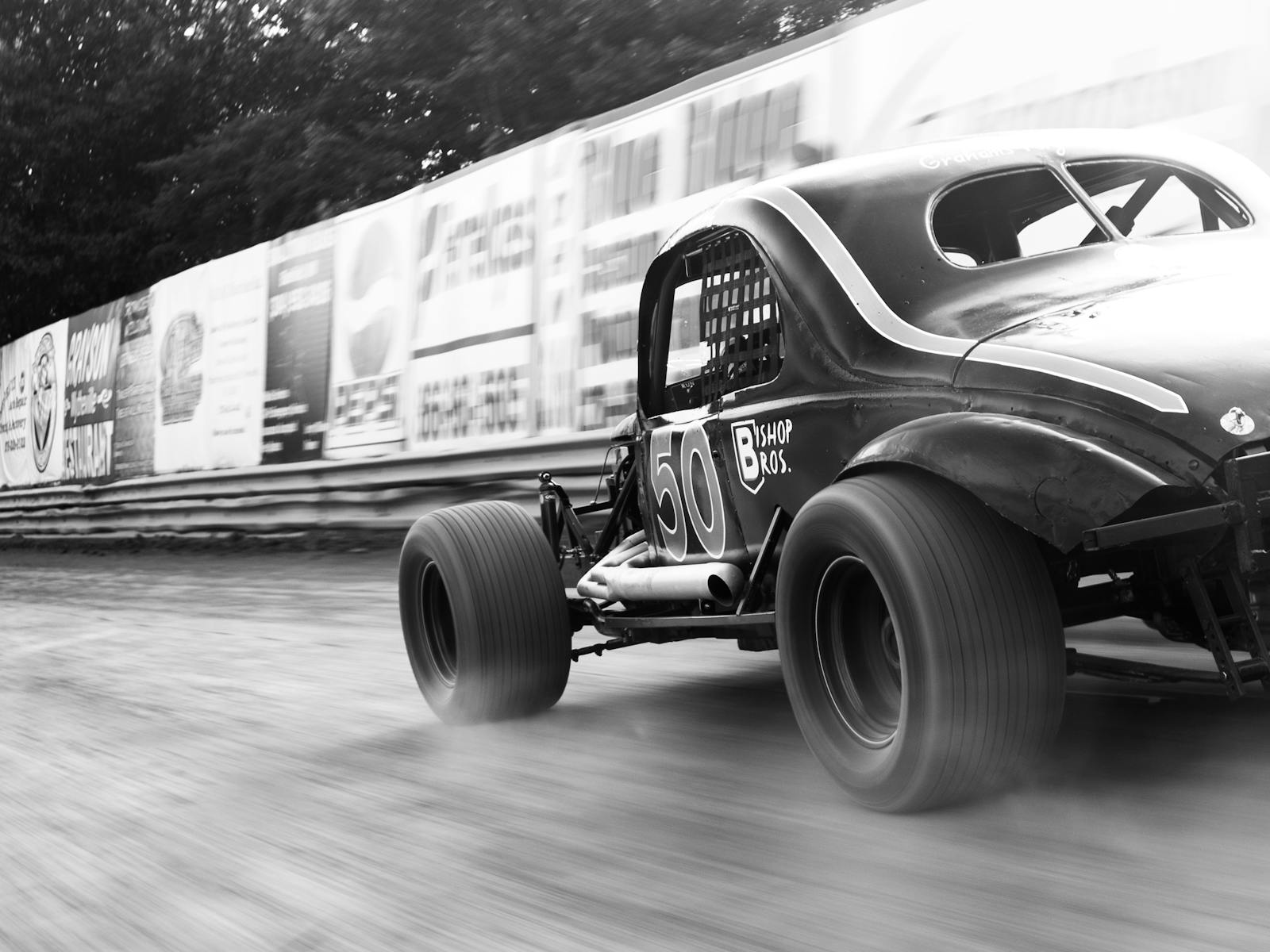Jay Leno puts the first three miles on a recreated 1934 Bugatti Aérolithe
You may think you have some degree of patience, but Jay Leno’s most recent guest probably has you beat.
To recreate the sea-green, hand-riveted magnesium beauty that is the 1934 Bugatti Aérolithe, president of the Guild of Automotive Restorers David Grainger spent three years looking for blueprints. The results of his research? Eleven photographs, two blueprints (one for the radiator shell and another for the brake pedal pad), and a radiator cap.
With these—but without a single technique invented after 1936—David Grainger and the Guild of Automotive Restorers recreated a Bugatti that had only existed for 10 months before being lost.
“The only measurement we had that was accurate to the millimeter was the rad cap,” says Grainger in the latest episode of Jay Leno’s Garage. “So, we figured that it was so many rad caps long and so many rad caps wide.”
The soaring, hand-riveted curves of Aérolithe’s magnesium body belie the thousands of hours poured into this recreation. Leno talks with Grainger to single out details of “this piece of kinetic artwork,” as Leno says, “one of the most brilliantly restored and recreated cars of all time.”
Unlike the aluminum-bodied Bugatti Atlantic, the recreated 1934 Bugatti Aérolithe’s body is built entirely out of magnesium, “the carbon fiber of its day,” Grainger says.
“Magnesium isn’t impossible to work with,” Leno says, before adding on second thought, “but it’s impossible to work with. You really can’t weld it, it catches fire at 1100 degrees. It’s gotta be 800 degrees just to make it malleable enough to work with—it’s a nightmare.”
At $3000 for each 4×8-foot sheet, magnesium isn’t cheap, either. Grainger’s final build took between 12–13 sheets to come to life.
The cross-hatched aluminum cover on the 3.3-liter straight-eight engine is hand-scraped. The lettering on the handmade tires was traced and stamped character by character from blown-up pictures before being vulcanized to the white walls. German nickel, not chrome, gleams on the grille, equipped with thermostatic shutters that open for radiator cooling. Tiny amber bulbs satisfy ’30 regulations for city driving in France.
On this summer in Los Angeles, the only detail Jay Leno finds unsatisfactory is the cabin’s complete (and completely period-accurate) lack of ventilation.
“I’m not nervous, it’s a hundred degrees outside,” he chuckles while coaxing the one-off recreation on the longest trip it’s ever taken under its own power—a grand total of 3 miles. The straight-eight rumbles, whirrs, and chuffs with, as Leno approves, “all the right Bugatti sounds.”
The Bugatti Aérolithe had been “a rather dramatic failure,” according to Grainger. “I think people didn’t get it; it was a bit too far out there.”
Almost 80 years later, shows and museums, TV hosts and Saudi princes can’t seem to get enough of it. Though Grainger says the Aérolithe spends more time in art galleries than it does at car shows, the painstakingly recreated Bugatti carried off almost every award at the Quail in 2013.
Although you probably won’t get the privilege of experiencing the air-flow-deprived cabin yourself, you can snatch a glimpse of the 1934 Aérolithe this fall at the Atlanta Concours d’Elegance, held October 19–20. In the scope of history, the original Aérolithe existed for the blink of an eye—but thanks to Grainger and his team, you can stare at this riveting recreation as long as you’d like.

